Portrait Photographer
"Recording the Moment"
Original Article by Zoë Francis
Photographs by Barry Lategan
"Article first featured in Olympus User Magazine"
BARRY LATEGAN IS one of the country’s most renowned and influential portrait photographers. Probably best known for his early discovery and portraits of Twiggy – two of which are exhibited in the V&A Museum – Barry has photographed some of the most notable celebrities of the past forty years. HRH Princess Anne, Paul and Linda McCartney, Iman, Germaine Greer, Calvin Klein, Sol Campbell, John Major, Margaret Thatcher and Salman Rushdie are just a few of the famous faces that have appeared in front of his lens.
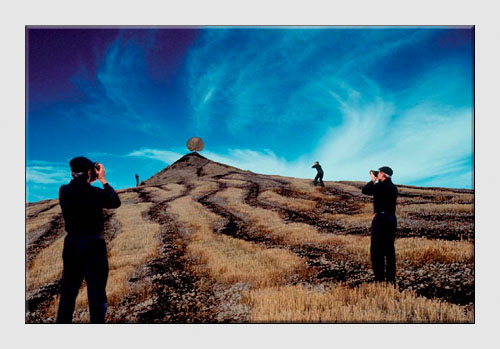
His career as a fashion photographer has also seen much of his work make it to the pages and front covers of international editions of Vogue and Harpers Bazaar and he won the Halina award for the 1986 Pirelli calendar. Other plaudits include a Clio Award for a TV commercial for Armani perfume and a D&AD Award for the Millennium stamp.
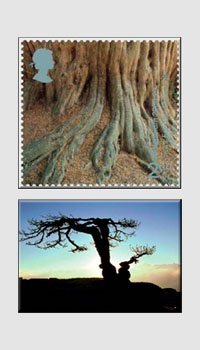
But, behind the lens, too, lies a very fascinating character with a passion for pausing and recording the moment – a philosophy that stems from his childhood. “I grew up in a boarding school, so our family holidays were very special times,” explains Barry in his deep, mysterious tone. “Seeing photographic memories from these holidays served as wonderful reminders of such happiness.”
This philosophy has been the foundation of Barry’s photographic career. “As a photographer, I watch the inescapable fact of life that is change – every second a person changes an expression, or their hair moves in the wind. Photography is all about pausing these moments,” he says. “Once the moment has passed, it has gone forever but is embalmed in the photograph.”
Indeed, as we walked along the street that led to Barry’s south-east London studio, we were greeted by an Olympus E-400 pointing its lens out from the studio entrance. As we were introduced, a man with two dogs walked by. Click, click, click. Before we’d barely said ‘hello’, Barry was showing us the result on the LCD screen – a perfectly composed photograph that wonderfully portrayed that specific moment in time. Barry is truly fascinated by what is going on around him. “I love to watch what’s going on around me every day,” he explains. “I’ve spent most of my career photographing beautiful people, with their hair, make-up and designer clothes, in studio lighting. I now enjoy photographing people as they go about their everyday lives, unaware of the camera.”
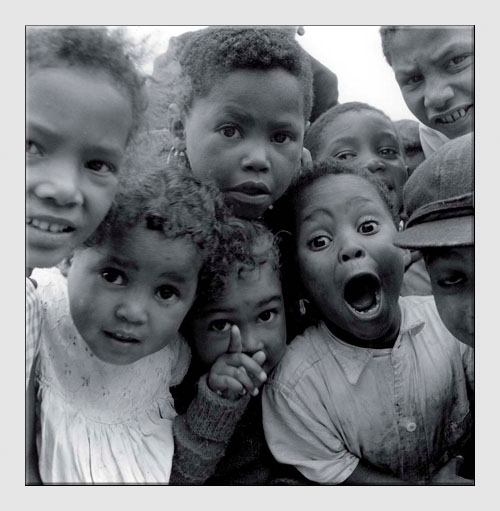
Photography entered Barry’s life during his boyhood in South Africa. “My geography teacher gave us a project: to experience the rotation of planet Earth by pointing a camera at the sky on a starry night. We were to lock the shutter open until before daybreak when the shutter was released to close the lens. The chemist who developed the film informed me the film was blank except for one frame which had regular semi-circular white lines from different starting points on a black background – the camera had recorded the Earth rotating against the light of the stars. This totally amazed me.”
Barry came to England in his teens to study the theatre at the Bristol Old Vic, although his training was interrupted for two years to undertake national service in the Royal Air Force in Germany.
“One day I read a notice inviting membership to a photographic club on the camp. The leader of the club taught me the miracle of processing and printing images in a developer tray. I was captured. With his help I bought my first camera in Cologne and photography entered my life as a passionate hobby.”
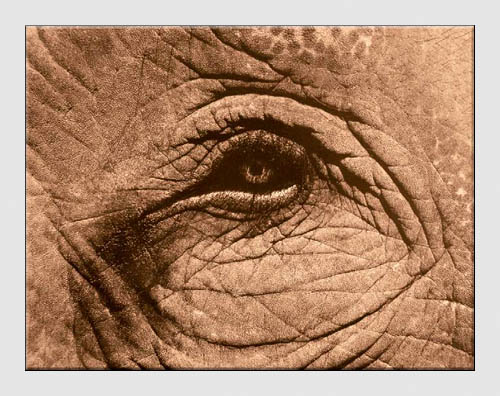
Barry never resumed his theatre training and returned to South Africa. “My mother, noticing my obsession with this hobby, was told by a neighbour of a local photographer that I could apply for a job at his studio. ‘But this is my hobby!’ I said. When offered the job, I was concerned: ‘What will I do for a hobby?’ The photographer said: ‘You are a very lucky person if you can make your hobby your work.’ That phrase changed the course of my life.”
 Some of Barry’s work lines the walls of the staircase to his second-floor studio – a mixture of celebrities, fashion models, still lifes and his renowned Mother and Baby photograph. On entering the long studio – after the obligatory photograph in a booth at the top of the stairs – an immediate awareness of one man’s amazing life surrounded us.
Some of Barry’s work lines the walls of the staircase to his second-floor studio – a mixture of celebrities, fashion models, still lifes and his renowned Mother and Baby photograph. On entering the long studio – after the obligatory photograph in a booth at the top of the stairs – an immediate awareness of one man’s amazing life surrounded us.
Hundreds of stacked books partially block the windows, the smell of incense, the sound of classical music, an odd but special collection of miniature wooden and wicker chairs, books, open at specific sections, newspaper headlines cut out and laid out in folders – it’s obvious Barry also has a fascination with words.
“I have been inspired by many words, visions and sounds,” he explains, “as well as by the photographers W Eugene Smith, Guy Bourdin and Cartier Bresson. I have been particularly inspired by Irving Penn (three of my assistants graduated to work for him). I once confided in him that I felt limited by the world of fashion photography. He said: ‘But you are a photographer, the world is your subject.’ I have been photographing trees, leaves, objects, women, flowers and everyday life ever since. I see myself as a recorder of society around me.”
While some of the work exhibited shows clever use of complex photographic techniques such as double exposures, the majority of Barry’s work is not post-produced – what you see is what he saw through the camera.
This elegant yet raw photography demonstrates Barry’s true talent for beautiful composition and graceful attention to lighting. He also has a wonderfully calm manner that makes many feel at complete ease in front of his camera. Salman Rushdie once said: “I have seen a lot of photographers work. I remember Barry Lategan snapping away during an interview, nodding every time I had said something he liked. I began to watch him carefully, becoming dependent on his nods, growing addicted to his approval: performing for him…”
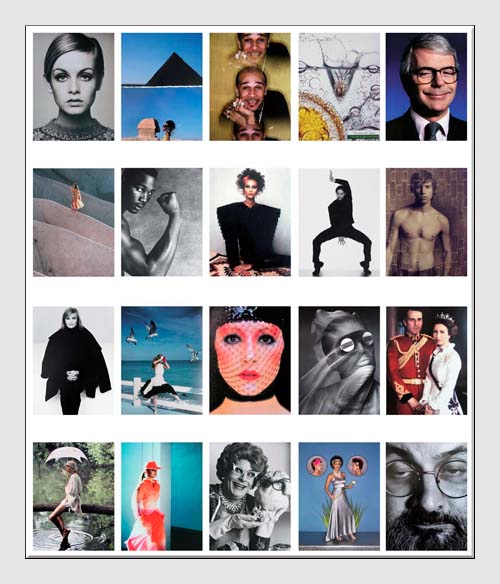
From left to right: Twiggy (1966), L’Oreal Egypt, Goldie (GQ UK), Gordon’s Gin, John Major, Turkey (Vogue GB), Lennox Lewis (Playboy), Iman (Vogue Italia), Joaquin Cortes, Dylan, Linda McCartney, Vogue Italia, Cathee Dahmen (Vogue GB), Harpers Bazaar, Captain Mark Phillips and Princess Anne, Marie Helvin, Elle LA, Dame Edna (Sunday Times), Olympus and Salman Rushdie (Playboy).
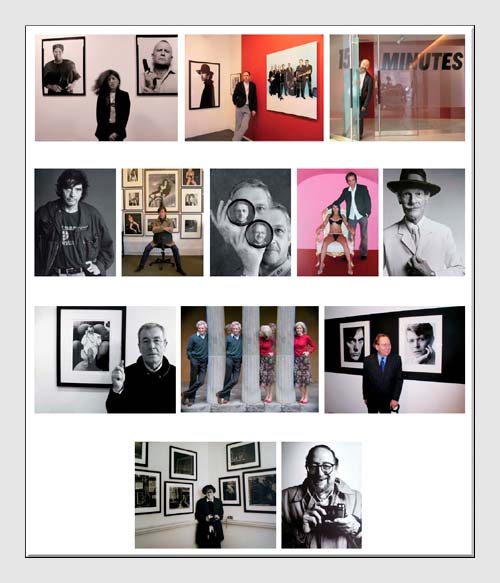
From left to right: Jillian Edelstein, Anton Corbin, Richard Young, David Bailey, John Stoddart, Peter Dazeley, Bob Carlos Clarke, Norman Parkinson, Terry O’Neil, Patrick Lichfield and Annunziata, Tony Snowdon, Sarah Moon and Arnold Newman.
Barry’s calming presence was obvious as we relaxed in his studio, listening to his many stories, poring over every detail in his many albums, reliving some of his most memorable experiences, some of which come from his time living in New York. “I love the positivity about New York,” he recalls. “Everywhere you go, or look, everything is so positive and welcoming.” It’s obvious that he misses it.
Looking at the past is something Barry rejoices in – and every single image in his studio tells a story with many associated memories. But he, too, likes to think of the future – and digital photography plays a key role in this. In the centre of one table, among more open books, an Olympus P-440 printer sits. The studio does not reflect Barry’s obvious acceptance of digital photography. There isn’t a computer or hi-tech gadget in sight. “I’ve flowed with the evolution of photographic technology,” he explains, “from the early days of chemicals and printing in a darkroom to the invention of instant film.” Indeed, all images here are a mixture of film and digital. Barry works alongside an operator at Metro Imaging to print and archive his digital imagery. “It’s much quicker,” he admits.
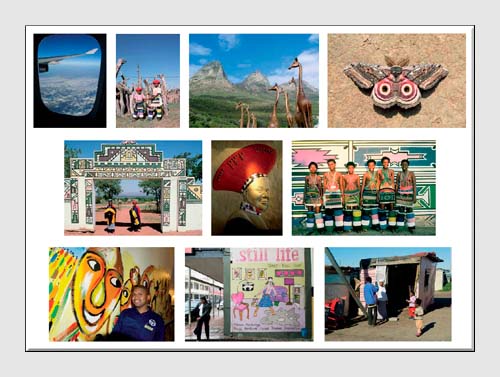
Barry’s relationship with Olympus cameras stems from early association with David Bailey, Duffy, Terence Donovan, Patrick Lichfield and Don McCullin. “Olympus cameras have been the tools of my trade since the 1970s,” he adds. The introduction of the digital era, challenging the origins of photography, opened the doors to pre-controlled results of the photographic image and its variations. “I haven’t used conventional film for a few years,” he admits. “The digital system allows me the pre-selection of exposure, contrast, saturation, hue, colour, black and white, sepia, sequential shutter release, flash on camera and as attachment – and the most innovative aspect for me is the LCD that allows instant playback. You are seeing what the camera is seeing before you make the decision.”
The action of photography has also changed – photographers are now able to view their composition at arm’s length as well as eye view. “I watch tourists and professionals being able to view instantly the result of our seeing. It’s remarkable.”
The art of photography, as well as the technology, gives photographers freedom. “My upbringing in the boarding school was a very restrictive environment,” he explains. “Photography gave me an overwhelming sense of freedom that I had never experienced.”
This freedom has taken Barry to many countries and has allowed him to meet many different people. “My life has the satisfaction and absolute enjoyment of what I do,” he says.
I asked Barry who is the most beautiful woman he’s ever photographed? I sensed his uneasiness at being ‘examined’. After all, this was usually his job, to examine people. “It’s like being asked, which is the best moment of a kiss,” he smiles. “I see beauty in all women, but my favourite model is an American girl called Tree who was like a chameleon through my lens, she never believed she was a beauty.”
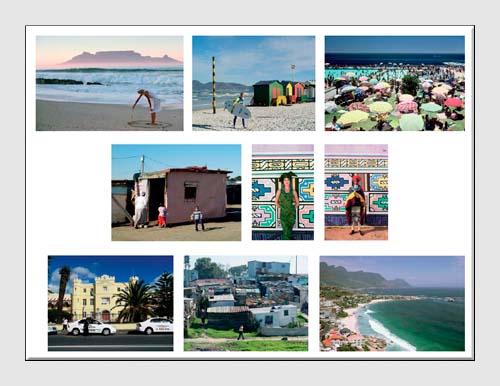
Today, Barry’s ‘street’ photography is his passion. “I’m working on several projects at the moment – women ‘out of the studio’ is one; close-ups of the shapes of decaying pavements is another; and I’m also collecting images of other well-known photographers.” He already has more than 50 photographers in his collection – including David Bailey, Terry O’Neil, Snowdon, Jon Nicholson and Lichfield. “I very recently photographed Eve Arnold in her care home,” he says. “She’s 94 years old now. She didn’t say a word – she just looked at me as I photographed her. I said to her ‘what are you seeing’ – she said: ‘I am seeing you’. She didn’t talk to me, she just let me photograph her.”
We had just spent a couple of hours at Barry’s studio and he reminded us that we would never have those hours again – they were gone, but we had shared them and enjoyed them, and will remember them – each and every moment.
To celebrate his contribution to the photographic world, Barry has been awarded The Royal Photographic Society Awards 2007 Honorary Fellowship. The presentation of this award took place in October 2007.
© Olympus UK
Click here for more Tutorial Articles by OM Systems
(formerly Olympus Cameras).
Return from Portrait Photographer to the Photography Tutor page.

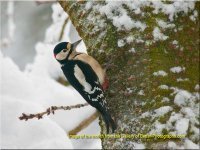

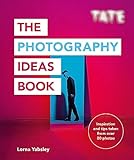




 Some of Barry’s work lines the walls of the staircase to his second-floor studio – a mixture of celebrities, fashion models, still lifes and his renowned Mother and Baby photograph. On entering the long studio – after the obligatory photograph in a booth at the top of the stairs – an immediate awareness of one man’s amazing life surrounded us.
Some of Barry’s work lines the walls of the staircase to his second-floor studio – a mixture of celebrities, fashion models, still lifes and his renowned Mother and Baby photograph. On entering the long studio – after the obligatory photograph in a booth at the top of the stairs – an immediate awareness of one man’s amazing life surrounded us.




